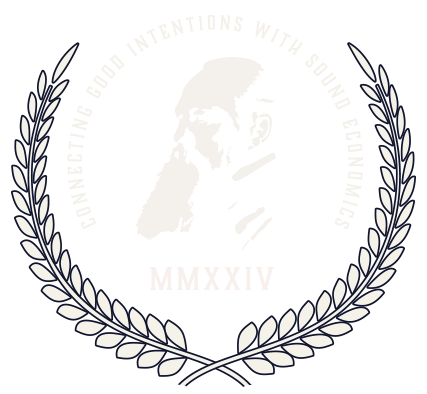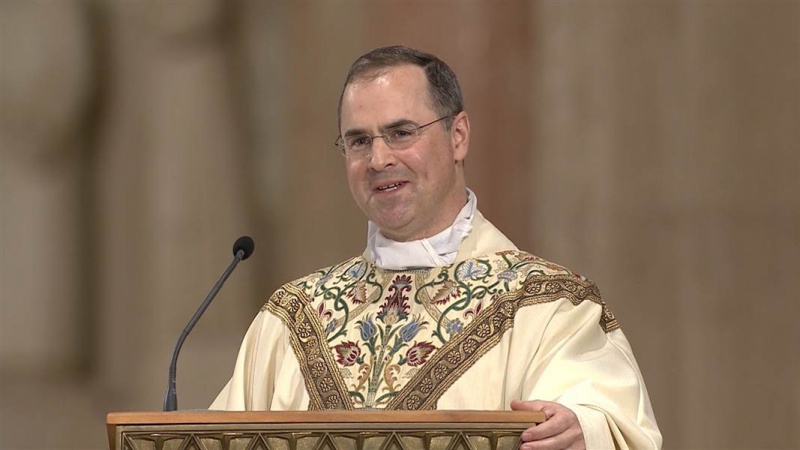The American Roman Catholic is a curious animal, forever trying to modify the docile, traditional, receptive spirit of the Catholic by the independent, innovative, frontier mentality of the American. Results of his endeavor vary from the impressive and influential to the disedifying and disastrous. His task is never-ending simply because it is impossible: “American” cannot modify “Catholic.”
In the aptly named American Catholic, Charles Morris seeks to give the definitive history of this creature. From the start, he acknowledges the inherent tension between a church anchored in dogma and tradition and a culture based on innovation and individualism. The Catholic Church and the United States have had quite a past, and Morris provides a captivating account of their stormy relationship. Unfortunately, while the book’s first two parts (“Rise” and “Triumph”) provide good history and fascinating reading, the third part (“Crisis”) rather quickly degenerates into a peculiarly American forum for proposed church reform.
Morris’s decline from history to trendy ecclesial issues ruins a beautifully written and lively narrative of the Catholic Church in the United States. He first details the Irish beginnings of Catholicism in America in David and Goliath terms: how uprooted, ignorant Irish peasants became the architects of the church’s powerful structure. Next, he gives a great presentation of the triumphal mid-twentieth century Catholic Church that had such a profound impact on all parts of American life.
In the final part, however, Morris loses his footing, not because he misunderstands American culture but because he misunderstands the Catholic Church. He has a distinctly American ecclesiology that applies American views about self-government to the Catholic Church. Therefore, Morris sees the church as the work of our hands and thus easily guided by whatever changes are apparently needed in a given situation. While his thinking may apply to the United States government, it ignores the church’s divine founding and eschatological purpose. When applied to the church, this policy-centered outlook spawns a utilitarian Catholicism seeking not the true but the useful.
Glimpses of Morris’s error come fairly early. At one point, he reduces the Council of Trent to that moment “when the church adopted its official hard line against Protestantism.” Of course, both Protestants and Catholics would agree that Trent presented not just a “hard line” policy but, in fact, the Catholic Church’s official teaching on such permanent things as revelation, sacraments, grace, and nature. Morris also discusses the church’s opposition to communism as though it were a policy decision rather than a matter of theology and truth. Throughout the book, Morris seems to consider the church’s nature and teachings as malleable as our government’s.
This flawed understanding leads Morris astray most of all in his analysis of the Catholic Church’s present crisis. Within the church today one can find two groups, perhaps most easily described as “liberal” and “conservative,” embroiled in a continuing debate about liturgy, sexuality, politics, and the like. Morris attempts to present them accurately, especially in his profile of the dioceses of Lincoln, Nebraska, and Saginaw, Michigan. Unfortunately, he does not appreciate the theological bases of the disagreements and consequently reduces them to “alternative visions of Catholicism.” His mistaken perception of the church renders him incapable of giving a proper diagnosis of the problem and possible solutions.
For example, Morris’s examination of the Mass lacks any appreciation for the truth about Catholic worship. In his description of the Masses in the Lincoln and Saginaw dioceses, he treats drastically different ceremonies as though they were simply alternative visions of the Mass. As a result, he equates a Mass celebrated according to the rubrics with a Mass plagued by abuses. He ignores the fact that much of what occurs during the Saginaw Mass is quite simply illicit and contrary to what the church intends the Mass to be. On the other hand, when in Lincoln the priest does what the church asks of him during Mass, Morris can only see the actions as political, “subtle touches” meant to promote a certain agenda. He fails to understand that the priests in Lincoln intend not to advance an ideology but simply to present the truth of the Mass.
Similarly, Morris aims to treat divergent views on sexuality as though they are different opinions of equal value. Unfortunately, he himself does not present them equally. In the chapter titled “The Struggle with Sexuality,” he provides all the arguments of the dissenters, while giving only a superficial presentation of the Catholic Church’s official teaching. Throughout the chapter, Morris maintains a smug tone, derisive and mocking of traditional church teachings. Aside from its arrogance, the chapter is simply bad research: Apparently, Morris could not find anyone to defend the church’s teachings on homosexuality, masturbation, and contraception. In the many pages he dedicates to contraception, he gives only one paragraph to the Natural Family Planning method.
Toward the end of the book, Morris’s approach becomes increasingly political and his biases more evident. In one of the last pages, he unveils his utilitarian dogma in stating that the Catholic Church’s “doctrine will have to evolve out of dialogue with Catholics, not separate from them.” Catholicism, of course, is a revealed religion, meaning that doctrine comes not from our dialogue but from God Himself. That Morris would even imply otherwise indicates a tremendous confusion about the basis of the Catholic Church.
The final page lays bare the arrogance that girds such utilitarian thought. Morris proclaims the church’s moral teachings as necessary “for peasants fighting their way out of the bogs,” and good enough “for second-generation immigrants on the first rungs of middle-class respectability.” Now, however, Catholics in America no longer need these teachings because, “except for the newest waves of Hispanic immigrants, [they] have long since made it in America.” The truth was good as long as it was needed–by the ignorant and poor–but it is quite unnecessary now. In this way the book that began with the history of Catholicism in America ends in the promotion of a condescending, self-serving Catholicism.












